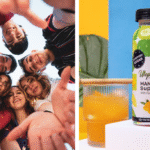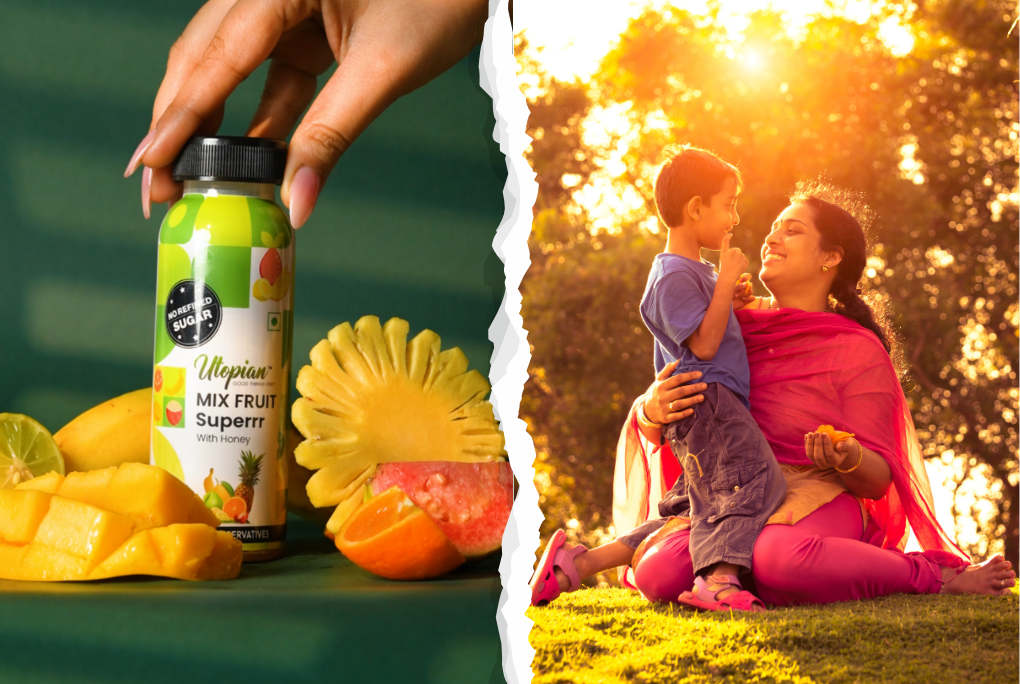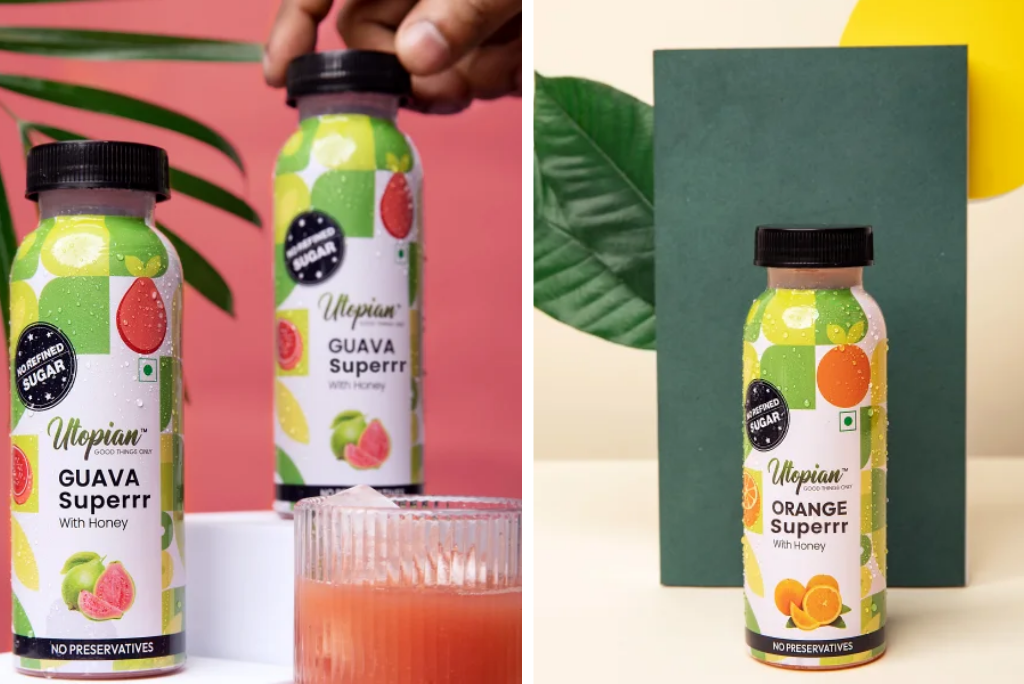
The Lunchbox Story Indian Moms Know Too Well
The Lunchbox Story Indian Moms Know Too Well
Every Indian mother knows the morning drill. The clock is ticking, the school bus is honking, and the question lingers — what to pack in the tiffin today?
It is a tug-of-war between something that tastes good, something that looks exciting enough for kids to actually eat, and something that does not leave a sugar crash by noon.
This everyday struggle is not new. Mothers have always tried to bring the best of both worlds: the taste kids ask for, and the nutrition they need. But with food options expanding and children exposed to everything from instant noodles to packaged treats, the challenge has only become harder.
Why Tiffin Time Is the Toughest Time
In India, the tiffin box is more than a container. It is a social event. Children compare, swap, and judge each other’s boxes. A tiffin that is too healthy risks coming back untouched. One that is all fun might win peer approval, but parents know it is not sustainable.
Mothers therefore live in this constant balancing act. Paneer rolls with extra vegetables, stuffed parathas made to look like smiley faces, and innovative ways to hide spinach or beetroot inside dosas. The creativity never ends. But despite best efforts, most parents admit to compromising somewhere — either on taste, nutrition, or convenience.
The Growing Awareness Around Labels
In recent years, Indian families have become more label-conscious. According to a FSSAI survey, over 55 percent of urban Indian households now read ingredient labels before buying food or beverages. Parents especially are wary of refined sugar, artificial preservatives, and empty calories.
The question is simple: If we work so hard on cooking fresh, why should the drink that goes into a tiffin be loaded with sugar?
This is why no added sugar beverages and no sugar juices are slowly becoming a part of the conversation. Mothers want drinks that complement the effort they put into meals, not undo it.
Finding Drinks That Work for Kids
A drink in the tiffin is often seen as a treat. Something sweet, colourful, and fun. But most packaged juices in the market contain less than 20 percent real fruit and plenty of sugar syrup. Cola or aerated drinks are out of the question, and plain water feels too boring for a lunchbox swap.
That gap is where Superrr Juices by Utopian Drinks come in as a practical option. With high fruit pulp content, varieties like Mango Juice, Litchi Juice, Orange Juice without sugar, and Lemon Juice without sugar, these are closer to real fruit while staying free of refined sugar and preservatives.
Parents can pack them without guilt, and kids don’t feel left out because the bottles look fun and taste familiar. It is a rare moment where both sides win.
Beyond the Lunchbox
The appeal of Superrr Juices goes beyond school bags. Many families are now choosing low calorie drinks that are better for you not just for kids but for themselves too. With festivals, picnics, and weekend gatherings, parents need drinks that suit everyone at the table.
- For kids: A naturally sweet juice without artificial additives.
- For adults: Low calorie drinks non alcoholic that double up as a refreshing sip during work or a low calorie mixer at parties.
- For grandparents: A safe option without preservatives or refined sugar.
This makes them versatile across generations — a rare feat in Indian households where food choices can be as diverse as the age groups around the table.
The Cultural Context
Food is central to Indian culture, and snacks have always been more than just fillers. From poha and upma in Maharashtra to idli and dosa in the south, from mathri and kachori in the north to pitha and chivda in the east, snacks carry tradition. But today’s families want a modern balance — the flavour of tradition with the clarity of healthy living.
That’s why conversations in WhatsApp mom groups often circle back to “What did you pack today?” or “How do you manage without giving too much sugar?” Solutions are exchanged, recipes are forwarded, and increasingly, drinks like Superrr Juices are part of the answer.
Trust Built on Transparency
The shift is not just about health, but also about trust. Parents appreciate brands that are open about what goes into the bottle. The fact that Utopian Drinks, known for its clean label approach and as seen on Shark Tank, puts fruit pulp and ingredients up front helps build that confidence.
Mothers want to feel reassured that they are not being misled by shiny packaging or vague claims. The more straightforward the label, the more likely it is to be welcomed into a child’s tiffin.
What It All Means for Parents
The tiffin struggle may never fully disappear. Mothers will always juggle between taste, health, and fun. But with better options available, the compromise does not have to be as sharp as before.
A paratha roll paired with Mango Juice. A dosa tucked next to Litchi Juice. Even a weekend picnic where Orange Juice without sugar finds its way into the cooler. These are small shifts, but meaningful ones.
Because in the end, feeding children is about more than calories. It is about trust, balance, and a little bit of joy. And sometimes, all it takes is the right sip to make both the child and the parent happy.







